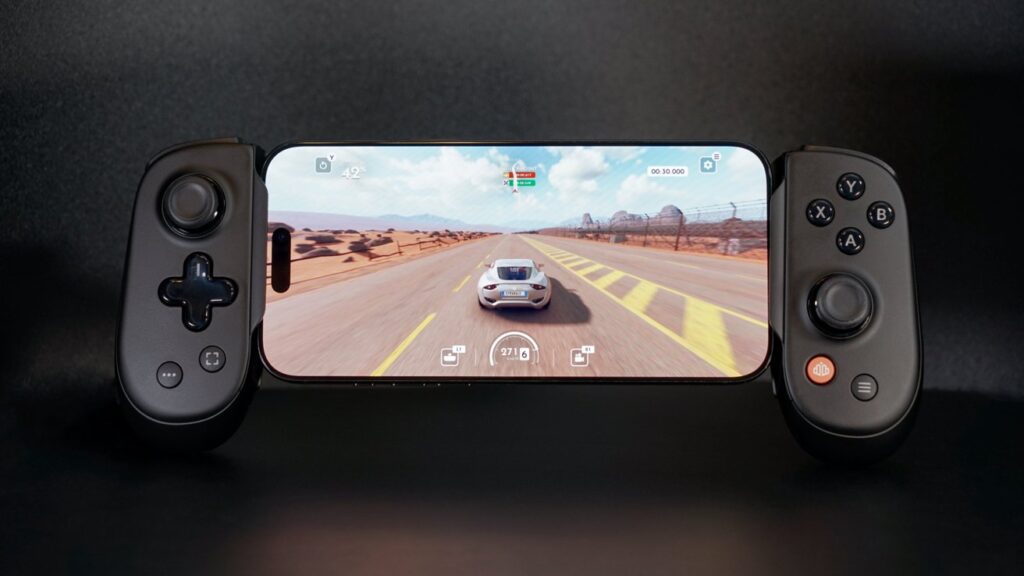

Announced on May 6, the Backbone Pro represents everything the company has learned about making wrap-around controllers for iPhone, except maybe how much to charge customers.
Backbone Pro review: precise engineering with a too-high price tag
I’ve always been a big fan of Backbone. They reinvigorated the wrap-around controller ecosystem with Backbone One, introduced a console-like experience on iPhone via their app, and iterated with fun design choices.
Now, approaching five years since the Backbone One launch, I’m holding the Backbone Pro and can’t help but wonder what the strategy is here. The controller is perfectly designed as an excellent evolution of the original, but the price is too big to ignore.
Continue Reading on AppleInsider | Discuss on our Forums





